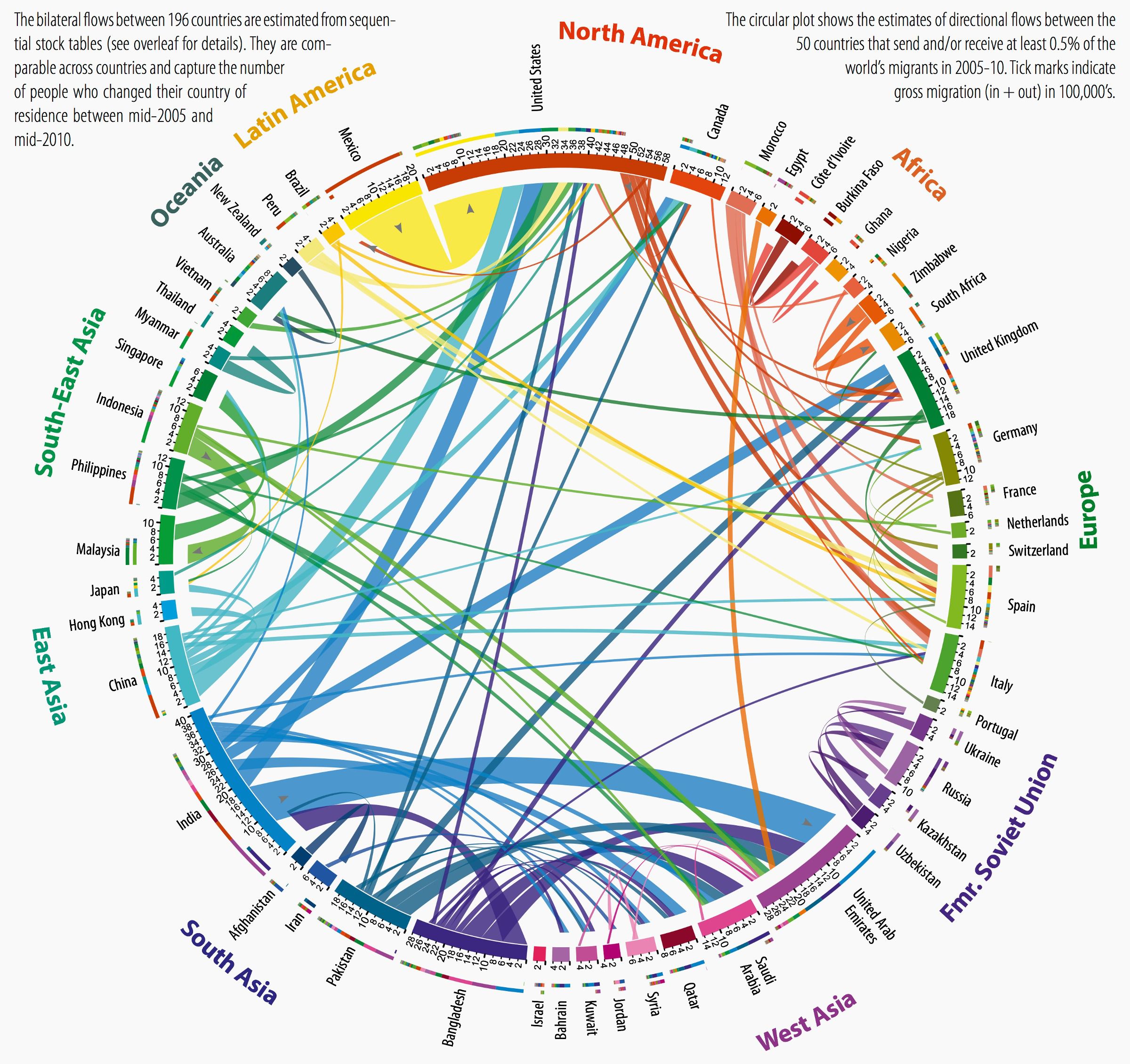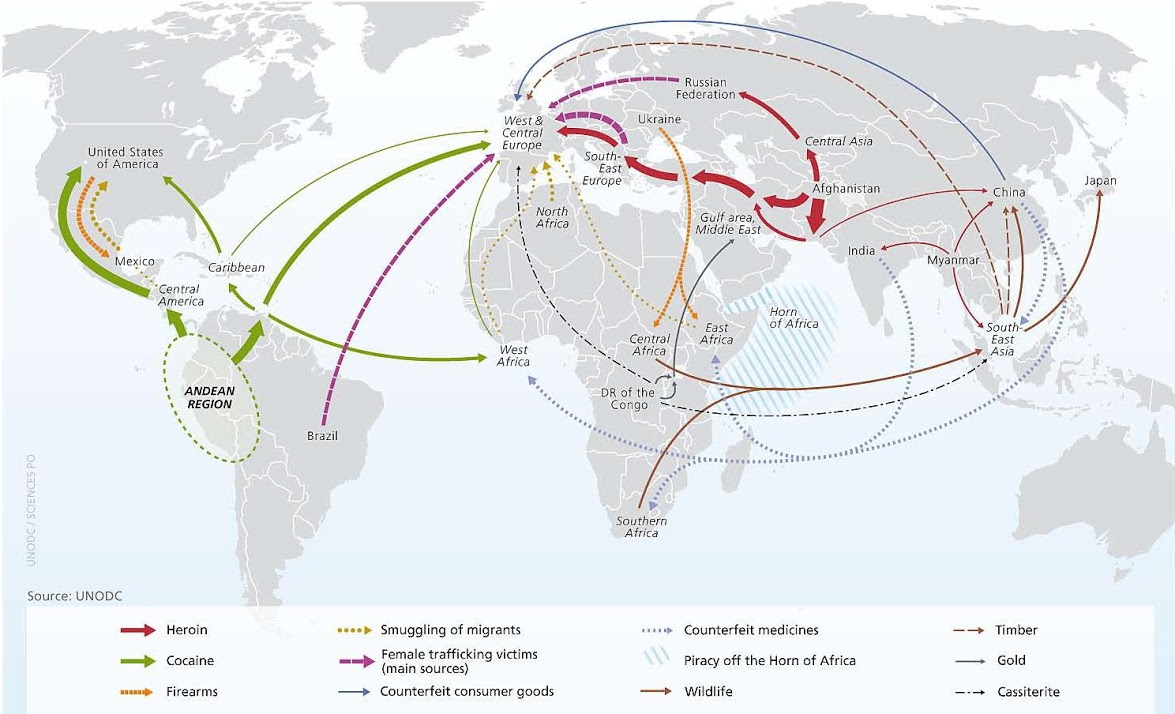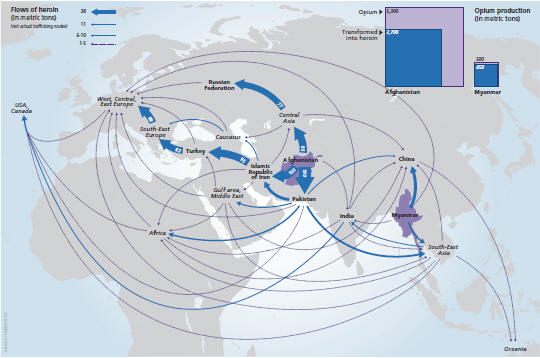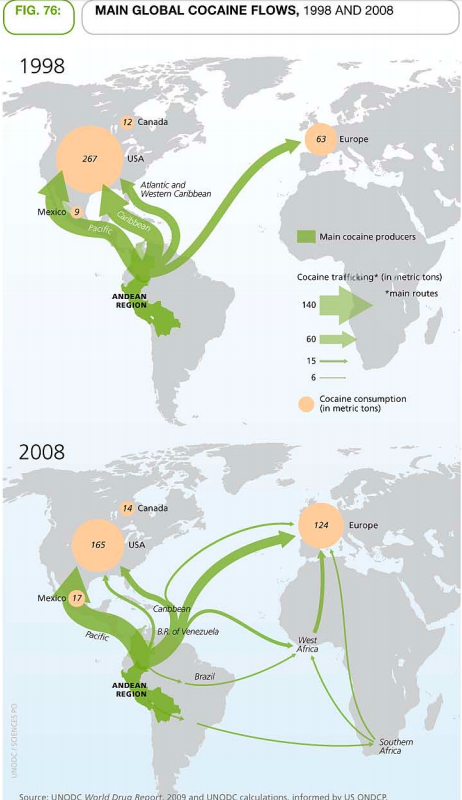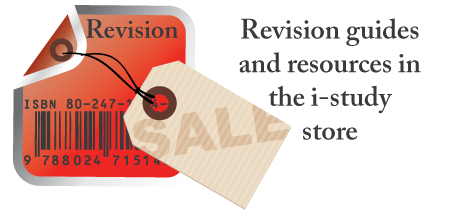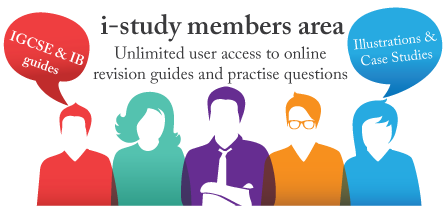Globalisation
“The growing interdependence of countries worldwide through the increasing volume and variety of cross-border transactions in goods and services and of international capital flows, and through the more rapid and widespread diffusion of technology” (source: IMF).
Tasks
- Watch video 1.1
- Summarise how the following factors have contributed to globalisation.
- Technology
- Transport
- Trade barriers
- What are the 3 main areas of globalisation?
- Summarise the importance of each of the areas in globalisation
- What is the concept of McWorld?
